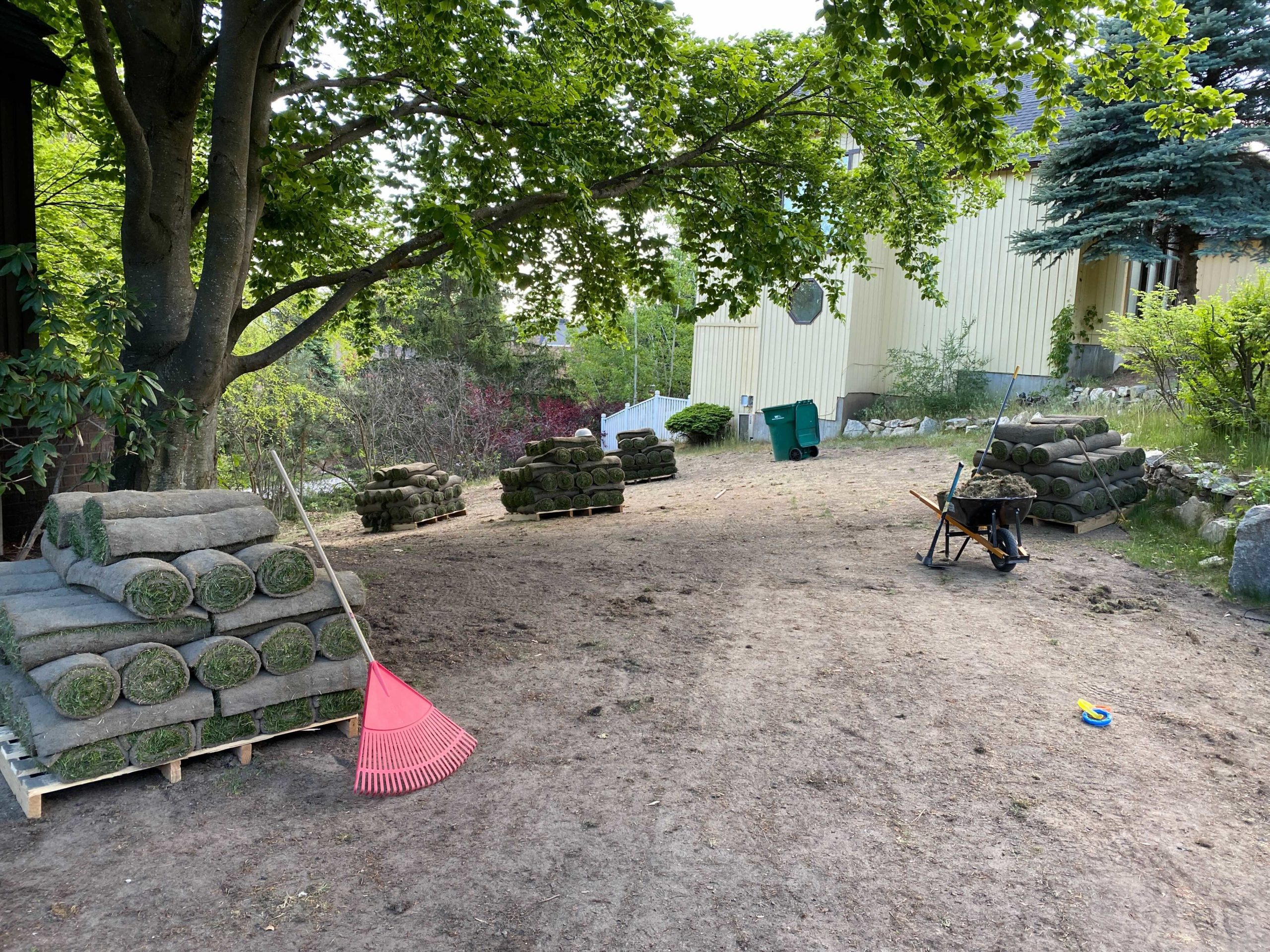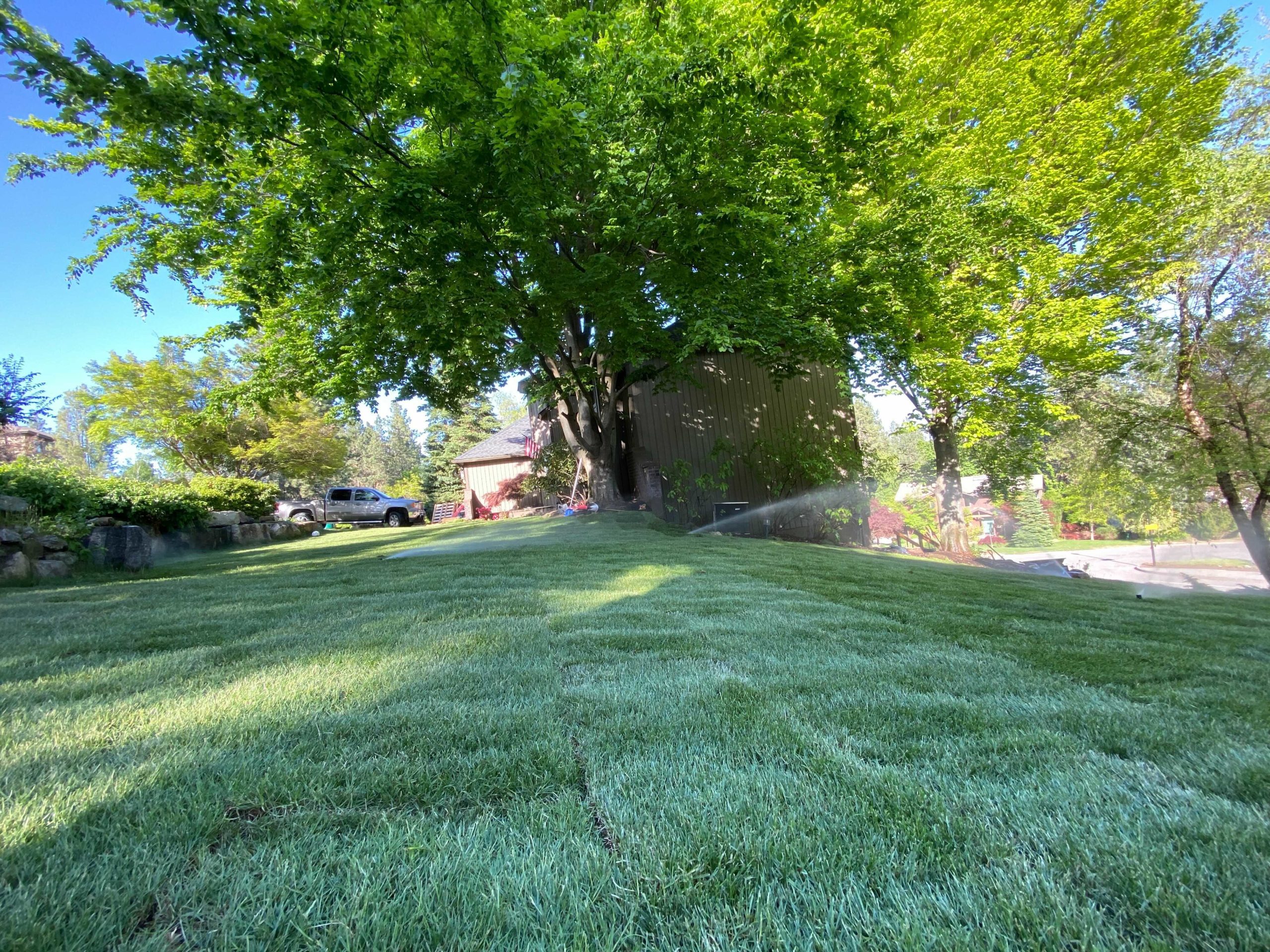The Sod Saga
Follow along to learn how to prepare, install, and maintain your sod replacement, about the different types of turfgrass, key steps to take to ensure future root growth, and more!


Download the full Lawn Care Guide
If you take a stroll through a typical American neighborhood you’ll probably notice one unifying characteristic from house to house: turfgrass. Great grass is almost a requirement for homeownership, and it is a sustainable choice for your yard.
Turfgrass lawns, combined with gardens and other landscaping, do a lot of good. They muffle traffic and other noise pollution, and like all green plants, lawns help reduce carbon dioxide levels. They act as filters, removing pollutants from the air that we breathe and help to keep our homes cooler. And nothing beats grass as a place to play, relax, and entertain.
But despite all the facts, turfgrass gets a bad reputation because outdated methods of lawn care are not very environmentally friendly. Some people believe lawns require chemical fertilizer, pest control, weed killers, and lots of water, plus a lot of labor. That’s why we created this guide for tackling your lawn care responsibly. This resource will help you create a lush yard, save money, and positively impact the environment using practical conventional and organic methods.
